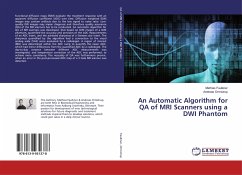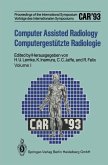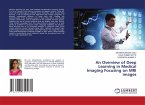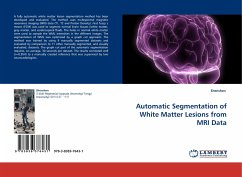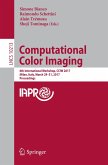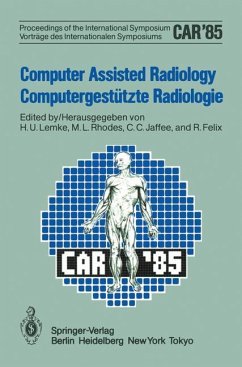Functional diffusion maps (fDM) evaluate the treatment response with an apparent diffusion coefficient (ADC) over time. Diffusion weighted (DW) images may contain artifacts due to the low signal to noise ratio. Low-quality DW images may impair diagnosis and therefore quality assurance (QA) of the MR scanners has to be conducted. An automatic algorithm for QA of MR scanners was developed, that based on DWI images of a DWI phantom, quantified the accuracy and precision of the ADC measurements of an ADC insert, and the achieved sharpness of a Siemens star insert. The sharpness quantified by the algorithm had a connection to the visual analog scale (VAS) score evaluated by a radiologist. A region of interest (ROI) was determined within the ADC ramp to quantify the mean ADC, which had minor differences from the quantified ADC by a radiologist. The day-to-day variance between different ADC measurements was investigated, and temperature correction of the ADC was performed, to achieve more consistency. The necessity of QA was furthermore proven, when an error in the post-processed ADC map of a 3 tesla MR scanner was detected.

